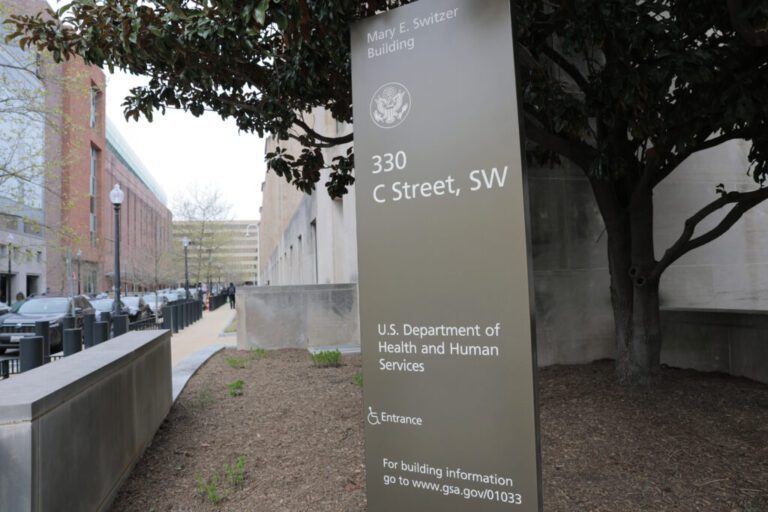The Consequences of HHS Staff Reductions on Federal Poverty Guidelines
The recent firings at the Department of Health and Human Services (HHS) have raised concerns about the ongoing management of federal poverty guidelines. These guidelines are essential for determining eligibility for various assistance programs, impacting tens of millions of Americans. The dismissals, particularly of a small team specializing in data and statistics, have left a significant gap in the federal system.
Key Changes and Immediate Implications
As part of an overall strategy to reshape HHS, the department initiated a large-scale reduction in force, resulting in the dismissal of numerous employees, including those from the Office of the Assistant Secretary for Planning and Evaluation (ASPE). The team tasked with calculating the annual poverty guidelines, crucial for programs such as Medicaid and food assistance, was significantly affected. This has led experts to warn of potential cuts in assistance for low-income families in the coming year.
- The HHS layoffs are part of a broader effort by the administration to streamline workforce, totaling around 20,000 employees.
- The team responsible for poverty guidelines included experienced data analysts, who independently calculated and validated figures critical for federal assistance programs.
Details of the Firings
Among those dismissed was Kendall Swenson, a key figure in the development of the poverty guidelines for years. Her expertise was seen as irreplaceable by her colleagues, who have expressed concern over the knowledge loss due to these firings. Robin Ghertner, the director of the now-dissolved Division of Data and Technical Analysis, highlighted the challenges posed by having no remaining staff who understand how to compute the guidelines.
“There’s literally no one in the government who knows how to calculate the guidelines,” Ghertner stated, raising alarms about the future of support for those in need if the current methodologies fall by the wayside.
Potential Effects on Assistance Programs
The federal poverty level, currently set at $15,650 for a single person and $32,150 for a family of four, is used to determine eligibility for essential programs such as:
- Medicaid and the Children’s Health Insurance Program (CHIP)
- Supplemental Nutrition Assistance Program (SNAP)
- Women, Infants, and Children (WIC) program
If the guidelines are not adjusted in line with inflation, many families could face significant disadvantages. For example, if a family’s income slightly increases but the poverty threshold remains stagnant despite rising costs, they may find themselves ineligible for essential services.
Government Response and Future Considerations
HHS officials have suggested that the work of the terminated team could continue without disruption, stating that other personnel will be able to fulfill these responsibilities. However, this claim has been met with skepticism from experts familiar with the intricacies involved in calculating the poverty guidelines.
Wendell Primus, a former ASPE official, criticized the mass firings, asserting that such decisions do not reflect a well-formulated strategic plan and seem to stem from higher authority within the White House.
“These HHS staffing cuts — 20,000 — obviously they are completely nuts,” Primus noted, signaling a need for a more thoughtful approach to health policy and workforce management.
Conclusion
The firings at HHS not only impact the agency’s operational capabilities but also pose real risks to the assistance programs that many low-income Americans rely on. With the administration facing increased scrutiny, particularly from congressional representatives, the future of poverty guidelines remains uncertain.
Without the proper recalibrations, there is a legitimate concern that an entire cohort of citizens could be adversely affected by these ongoing changes within HHS.


